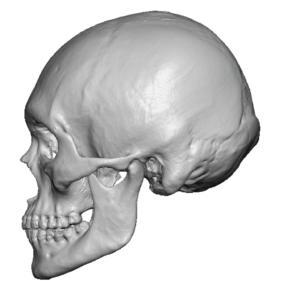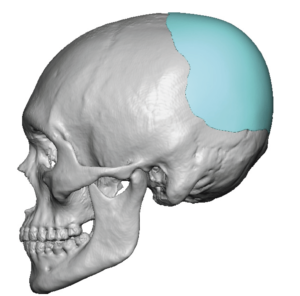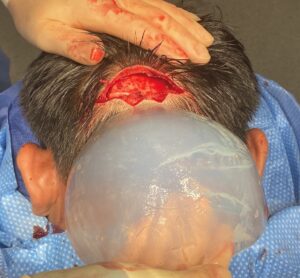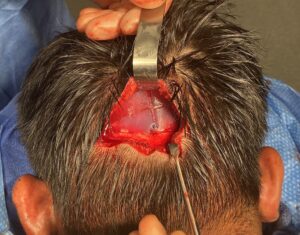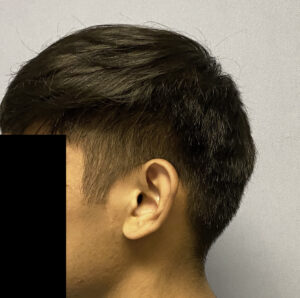Background: The back of the head has the greatest diversity of shape abnormalities, most commonly flat areas. The two most common types are asymmetric flattening due to plagiocephaly and bilateral flattening due to external deformational forces. There does not appear to be too much difference between them in occurrence based on patients that have presented for treatment.
The flat back of the head can have several difference presentations based on where the lack of projection exists. In a completely horizontal flatness the occipital bone is the primary deficiency bone and the parietal bones above it are less flat. In the obliquely flat back of the head the parietal bones are the primary culprit and the occipital bone less so. In less common and in the most severe flattening cases both the occipital bone and the parietal bones are equally flat.
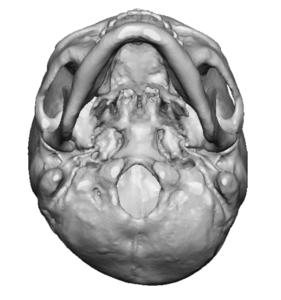
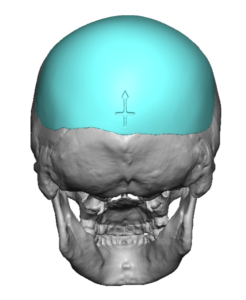
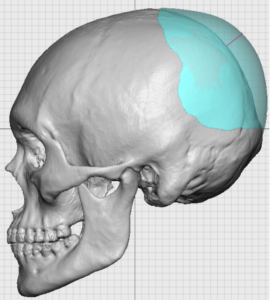

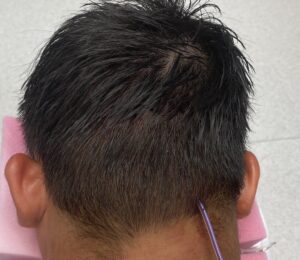
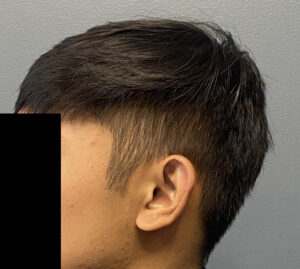
The flat back of the head is a common and distressing skull deformity for those affected. Using a custom skull implant design and a 90 minute surgery this lifelong head shape concern can be dramatically improved with a short recovery period.
Case Highlights:
1) Significant back of the head deficiencies are a combination of lack of occipital and biparietal bone projections.
2) If the nuchal ridge has adequate development it serves as the placement insertion for a custom back of head skull implant.
3) An implant for the flat back of the head represents a 90 minute surgery to correct a lifelong head shape concern.
Dr. Barry Eppley
World-Renowned Plastic Surgeon



